Free guides and webcasts
Last mile logistics: 8 key trends to watch in 2021
Discover eight trends your business needs to be aware of for the coming year for last mile logistics, including same day delivery being a priority.
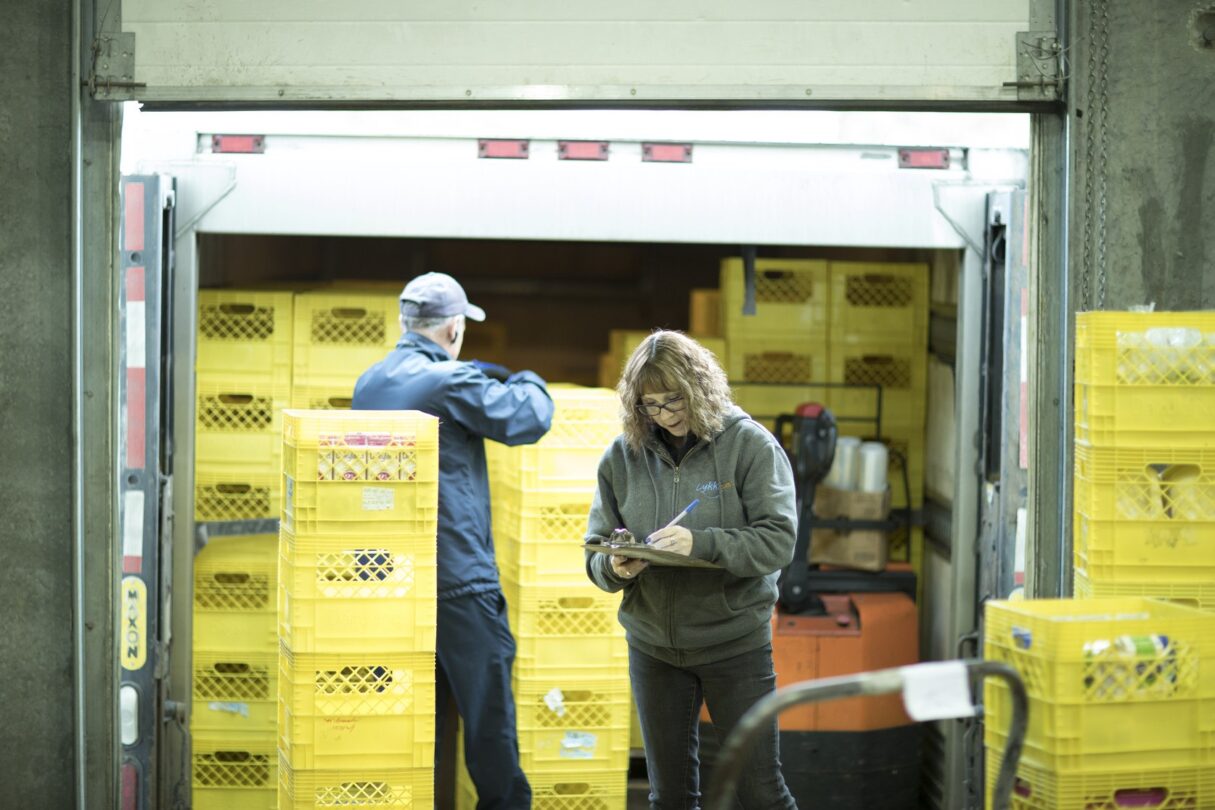
Ecommerce has been an engine for change since Amazon first powered into our lives back in 1994. Few sectors beyond retail itself have seen as much disruption as logistics.
In this article, we explore eight key trends for you to look out for in last mile logistics over the coming year.
1. Same day a priority
Analyst McKinsey reports that consumers, especially millennials, are prepared to pay a 30% premium for same-day delivery, and even more for guaranteed delivery.
Same-day delivery is expected to reach a 25% market share by 2025, and with surcharges becoming acceptable, delivery is becoming a profit center in its own right.
The dramatic increase in home deliveries caused by coronavirus (COVID-19) should make the economics of same-day delivery more achievable, too.
2. Delivery your way: On time, in full, no error, no contact
Customers have lifestyles that don’t necessarily suit those of delivery drivers – particularly being at work when a home delivery is expected.
Customer choices now include delivery boxes, often in local convenience stores or garages, custom returns procedures and the chance to change delivery times at the last moment.
The aim is a balance of service and profitability that one supply chain specialist calls: “OTIFNENC: On time, in full, no error, no contact.”
3. Reconfiguration of the delivery business
Some businesses are large enough to bring components of the delivery process in-house completely. Amazon, for example, runs its own airline and in 2019 it leased another 15 Boeing 737 cargo aircraft.
Others are sharing resources (especially road transport) to optimize for fluctuations in supply and demand.
Finally, whole industries are outsourcing deliveries. The restaurant delivery industry has been completely disrupted by the likes of DoorDash and Grubhub.
4. Autonomy-ish
We’re a long way from true autonomy of delivery vehicles for most legs of the delivery process – and the last mile is at the end of the queue.
Most advanced is the Amazon Scout – but it’s a good way from scale, and not applicable to all contexts.
Perhaps more likely on (some of) our doorsteps will be drone deliveries – ideal for folks living on the 10th floor?
5. Consumers get the same data as the professionals
Taking calls and emails from customers invariably asking for the status of their delivery is expensive to resource. Therefore, delivery partners have every incentive to keep consumers informed.
Thanks to Internet of Things (IoT) tracking and the sharing of data across supply chains, it’s now possible to give the customer as real-time a view of their delivery through a smartphone app (and manage their expectations) as the company itself.
6. Uberization of the last 50ft
The greatest delivery challenge, particularly in urban areas, is finding a place to unload without getting a parking ticket, walking further than expected and finally finding a consumer in what may be a complex office environment.
Using local data in real-time, social delivery networks – connected but informal collections of relevant people and information – have the power to simplify and therefore reduce the cost of providing this last segment.
In high-density urban environments, we can even expect freelance talent to serve highly localized areas on foot.
7. What can bored drivers do? Sell
With autonomous vehicles on the horizon but security a perennial issue and drivers still required to hand over product, the driver’s future role might be as an AI-augmented salesperson.
That’s according to Susie Walker, formerly of shipping expense platform Veriship and now at request proposal firm RFP360.
She says: “Apparently, retailers are shipping items you haven’t ordered but believe you might want using your shopping data. The carrier has the opportunity to sell it on site.
“It’s taking products ordered in the past or ‘recommended items’ the consumer might like off the website and bringing it to their doorstep.”
8. The next five years will be even more demanding
Richard Blown, head of innovation at consumer delivery specialist Hermes, painted a frantic picture of ecommerce in 2025 at 2019’s Leaders in Logistics conference.
He said: “Physical stores will be fully focused on providing an experience, combining retail with food and leisure activities that online can’t offer.
“Immersive tech such as AR [augmented reality] and virtual reality will blur the lines between physical and digital retail further to help consumers to interact with products in store.
“In terms of delivery expectations, consumers will expect products to be delivered before they get home.”
But then, along came coronavirus.
Retail author Andrew Busby writes in Forbes that speed of innovation is all that matters.
He says: “As more and more information on the COVID-19 virus is known, all the parameters for retailers will continue to shift, nothing will remain static in even the slightest way, such that decisions and the emphasis on the direction of travel will shift, almost on a daily basis.
“Flat structures, quick decision making and agile operations will be the attributes of a survival retail business, while slow, corporate and ponderous bureaucracy, will drive many into the ground.”
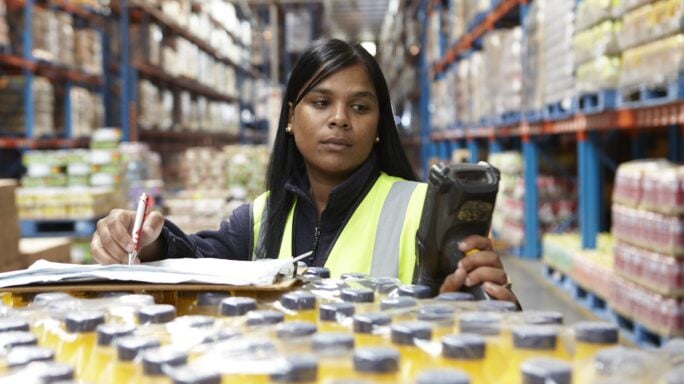
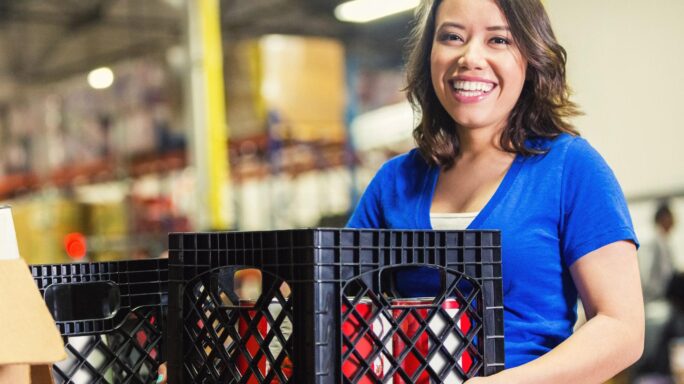
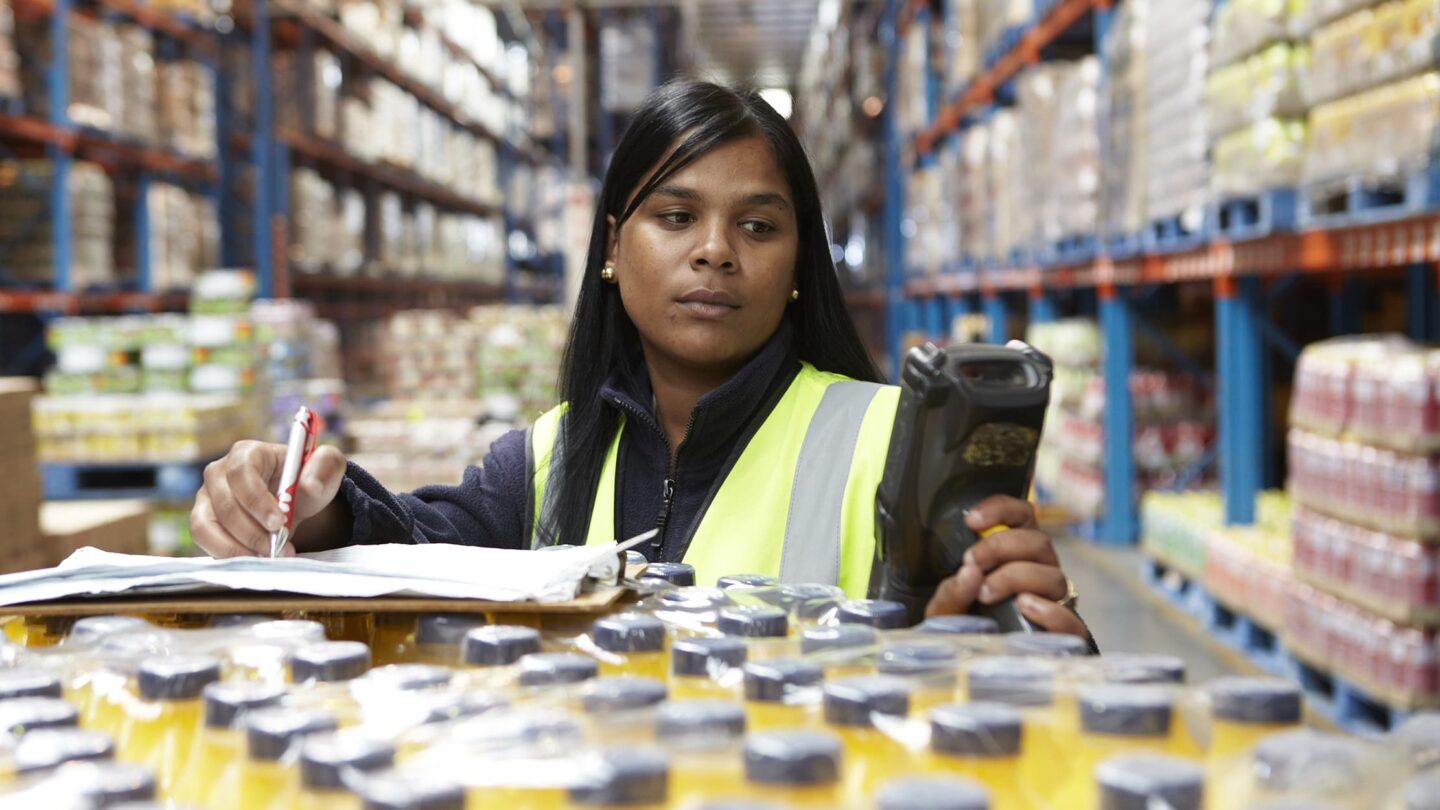

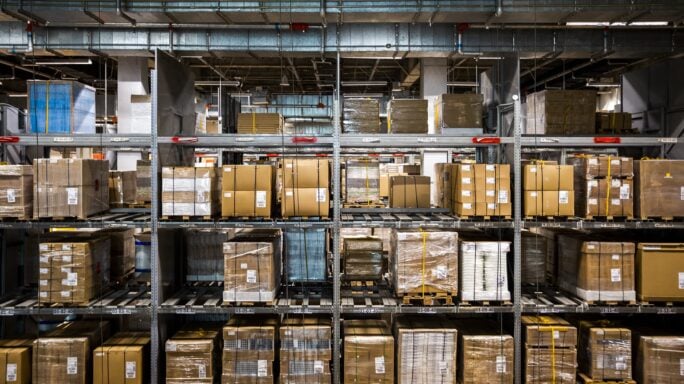
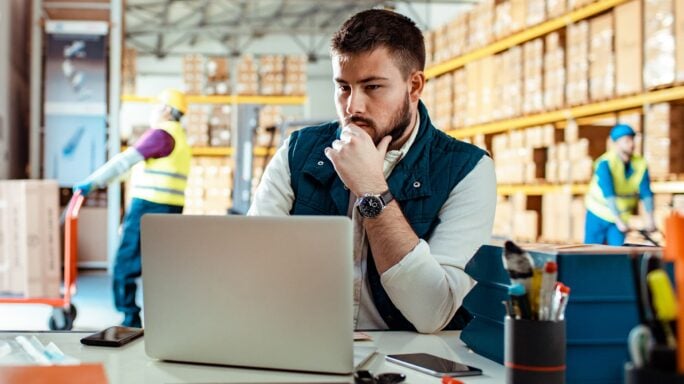
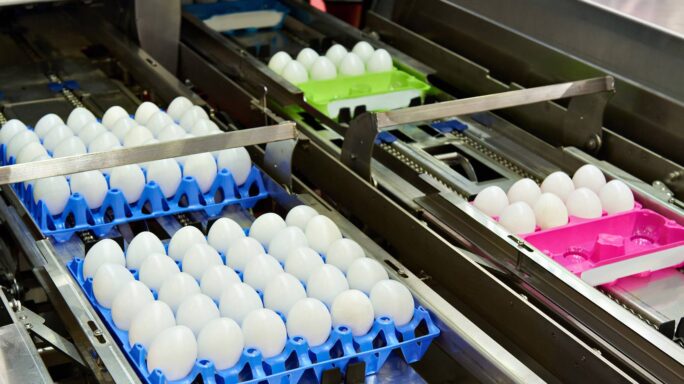
Ask the author a question or share your advice